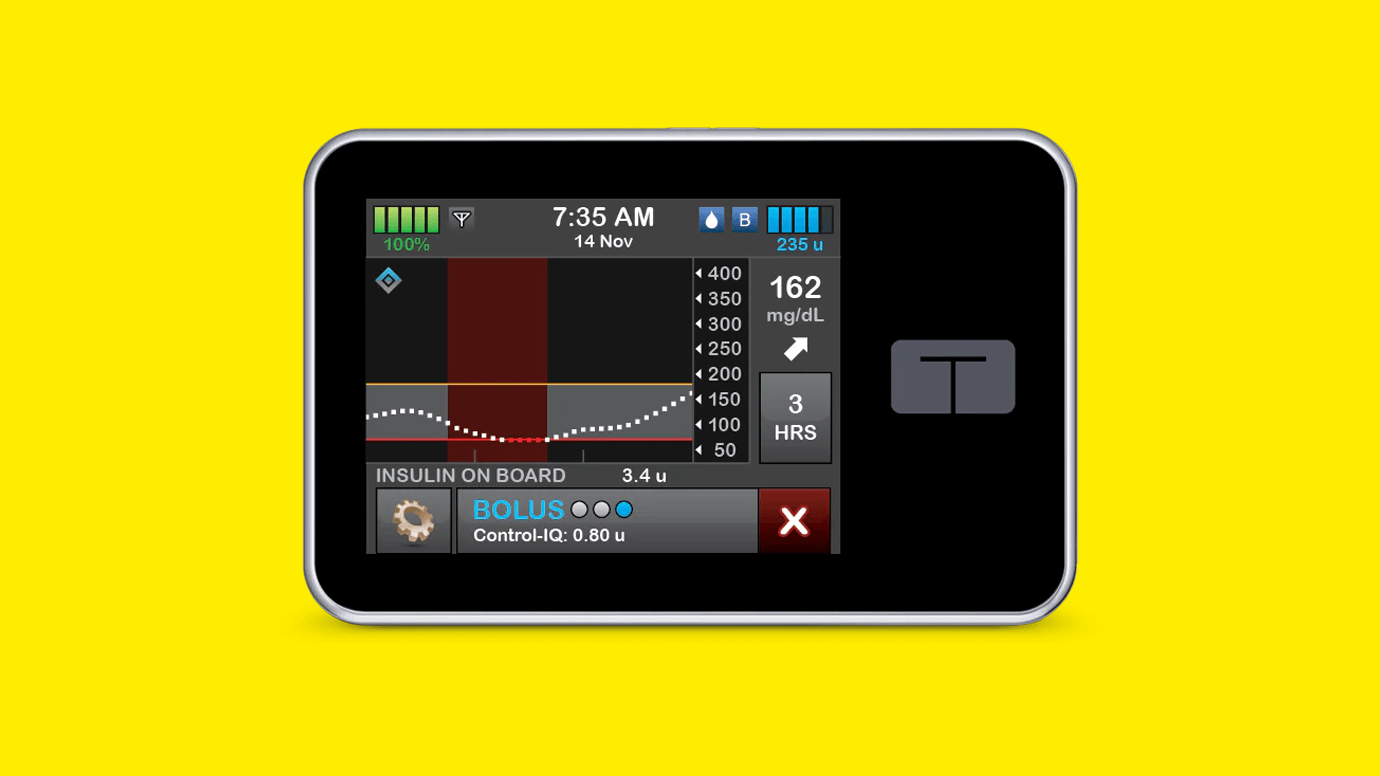Hiking The Appalachian Trail with Type 2 Diabetes
Written by: Erika Szumel
6 minute read
September 16, 2022
Nalini started hiking, backpacking, and adventuring with type 2 diabetes. Her blog, Hiking Misadventures was born.
Editor’s Note: Get involved in Beyond Type 2’s #SeeTheSigns of diabetes campaign! Share your signs to help save lives, get sharable graphics for social media and more! Learn more here.
Nalini Ravindranath is no stranger to challenging adventures—like hiking the Appalachian Trail or Yosemite’s Half-Dome hike. When she was diagnosed with type 2 diabetes, she grabbed the diagnosis by its horns, and after hitting an early rough patch, she came out on top.
Her blog, Hiking Misadventures, was created to show how she thrives through hiking and backpacking adventures as a woman with type 2 diabetes—prepared for whatever the disease throws her.
This interview has been edited and condensed for clarity.
Hi, Nalini! Thanks for chatting with us! When were you diagnosed with type 2 diabetes?
I was diagnosed with type 2 diabetes in 2016 at the age of 35. I hadn’t felt like myself for a few months. I was very thirsty and tired all the time—sometimes I’d get so sleepy I’d have to take a nap during work. I also craved a lot of sugar.
What was your initial reaction when you were diagnosed?
I have a strong history of diabetes on both sides of my family, so I can’t say that I was surprised, but I was taken back that I was being diagnosed at 35. Immediately after the news sunk in I just felt sad that I wouldn’t get to enjoy food as much I did and that I wouldn’t be able to safely backpack anymore. Type 2 diabetes is used as the boogeyman in so much of our societal discussion around weight and health. I have to admit that I also felt a lot of shame—that somehow I’d deliberately done this to myself. As someone that has battled depression and anxiety for a long time, it also took a big toll on my mental health.
What was your doctor’s course of action? Did they prescribe any medications?
My primary care doctor made the diagnosis after conducting blood tests. She recommended a course of treatment that included losing weight, making dietary changes including avoiding sugars and carbs, and prescribing metformin. It sounded so simple at the time, but looking back I realize how little information I got which ended up being really damaging to how I related to my body, diabetes and food.
How does diabetes impact your day-to-day life?
When I was first diagnosed, I made drastic changes to my diet and exercise routine that were very unhealthy and ultimately harmful. I obsessed over every calorie and carb. Because I’d internalized the larger societal message that diabetes is from poor self-control, I’d buy foods filled with sugar as a way to test my willpower in resisting them. Of course, these were not changes I could sustain the long term. Not surprisingly, both my weight and my blood sugar levels fluctuated dramatically with these unsustainable approaches.
After two years of this roller coaster ride, I have found a team of medical professionals who took a holistic approach to diabetes. I’d be remiss if I don’t add this caveat—I was extremely privileged to be working in a middle class job that provided me access to top notch health insurance that paid for this specialized and flexible approach. The practice provided a nutritionist who helped me develop a culturally sensitive nutrition plan which focused more on adding nutrition rather than limiting the foods I ate. It also included treatment from an endocrinologist who approached diabetes treatment from both physical and mental health perspectives. We tracked my sleep, hydration, stress and depression levels—all of which have an impact on blood sugar management. The practice coordinated care with my psychiatrist and primary care physician.
The care plan also involved healing my relationship with food and exercise. Working with my counselor, I shed the obsessive exercising and started to focus on movement that brings me joy, like hiking and daily neighborhood walks. Now I have a more positive relationship with my body and weight. Most importantly, I learned that health is not a linear concept. That really has been the most freeing thing about my diabetes journey and relationship to the disease.
Can you tell us a little bit about your blog Hiking Misadventures?
My thru-hike of the Appalachian Trail (AT) was the start of my blogging career. It started as a hiking journal to keep friends and family updated on my trek. Over the months, people outside my close circle started following the blog. I even ran into a few people on the trail I didn’t know who recognized me from my blog! It was a neat experience but it also showed there was a need and hunger for different kinds of outdoor stories.
There weren’t a lot of people who looked like me on the AT. The experience was lonely and isolating at times. After the hike, my relationship with the outdoors evolved. I didn’t necessarily have a love of the outdoors when I hiked the AT—I just did it because it was within the status quo narrative of what is “outdoorsy.”
I started Hiking Misadventures––a space dedicated to changing the narrative of who and what is considered outdoorsy. The goal of my blog is to inspire women, especially women of color, and give them tools/resources to dive into outdoor adventure, which is for everyone it’s just a matter of finding the right fit.
Do you use any diabetes technology to help you?
I do. I use a continuous glucose monitor (CGM)—the Dexcom G6. It’s been really helpful to have it because it gives me real-time data on what my body is doing. I don’t have to guess if my blood sugar is low. It allows me to manage my day-to-day better but especially my time in the wilderness.
How do you prepare for long hikes or adventures with diabetes?
I am always prepared with lots of different snacks. I eat at regular intervals and never skip meals while hiking. I also drink more water than I think I need. It’s easy to feel like you’re hydrated during a strenuous hike. Even if I’m not thirsty during a hike, I drink because I know that’s important to maintaining my blood sugar levels. My blood sugar tends to drop drastically post-hike, so I get ahead of it by packing fresh fruit—a banana, usually—and a sugary beverage to have after my hike. I have a fine-tuned connection to my body that I never had before—I take lots of breaks and do a quick head-to-toe scan of how different parts of my body are feeling. I can’t emphasize enough how important developing this skill has been to my health and wellness, but especially for my hiking routines. My CGM has also helped tremendously with this.
If I’m hiking solo, I tell at least one person where I’m heading, when I expect to be back and that I have diabetes. This is just a good overall safety tip for hiking. If I go hiking with a partner, I tell them the signs/symptoms that I might show in an emergency.
Do you have any tips for people with type 2 diabetes that want to start hiking more?
Yes! Diabetes does not have to limit the activities you do, including hiking. As with anyone new to hiking, my biggest advice is to keep it small. Keep in mind that hiking is what you define it to be. If what you’re comfortable with as you get started is a paved trail at your local park, start there! If you want to tackle big mountains, that’s fantastic, but start with something manageable and work your way up to the big mountain.
You hiked the Appalachian Trail with little experience. How did you do it?
In the midst of some big life changes during my mid-30s, I realized that I didn’t feel happy or fulfilled in my career or life. With a little hiking and no backpacking experience, I went to Georgia and started walking toward Maine. Through my hiking experiences and in talking to so many other women, one thing I’ve learned is that the fear of not doing something right keeps so many people away from adventures. There is a notion that we have to be experts at something before we can try something new. I’m very proud to say that I learned hiking and backpacking with each step I took on the trail. I learned about the right amount of food to carry and what was (and was not) really essential. And those things changed as I moved through states and seasons. I learned what my preferences and comforts were when it came to hiking. Simply put, it was the first time I didn’t become an expert at something before trying something new. It was the first time I learned that I can make mistakes, learn from them and be good at something new.
What’s next on your adventure list?
The pandemic has sidelined a lot of my big adventure plans. I’d hope to hike the High Sierra Trail (73-mile trail going through Sequoia & Kings Canyon National Parks) and summit Mount Whitney on that trip (a long-time bucket list hike). 2023 might be my year to finally do so! If it continues to be an unpredictable fall and winter COVID wise, I’ll probably stick closer to home and continue to lean into water adventures. I’d like to learn how to stand up paddleboard and get more kayaking practice in. I’ve also got my sights on finally embracing the snow and cold weather. I’d like to learn to snow shoe, and perhaps even ski. While the big hiking adventures have stalled, it’s really been a time to learn new ways of adventuring.
Follow Nalini’s story on Instagram.
YOU ARE NOT ALONE. JOIN THE BT2 COMMUNITY!
A place for everyone impacted by type 2 diabetes to share their stories, get connected to one another and find resources on topics from daily management to mental health. Now with the support of our friends at the American Diabetes Association, get instantly connected to other people who just get it—ask questions, share successes, vent about it in a safe and respectful platform designed specifically for people impacted by type 2 diabetes (T2D). Here, you’ll find a collection of practical ideas, stories and resources in both English and Spanish, for not only living with type 2 but thriving with it.
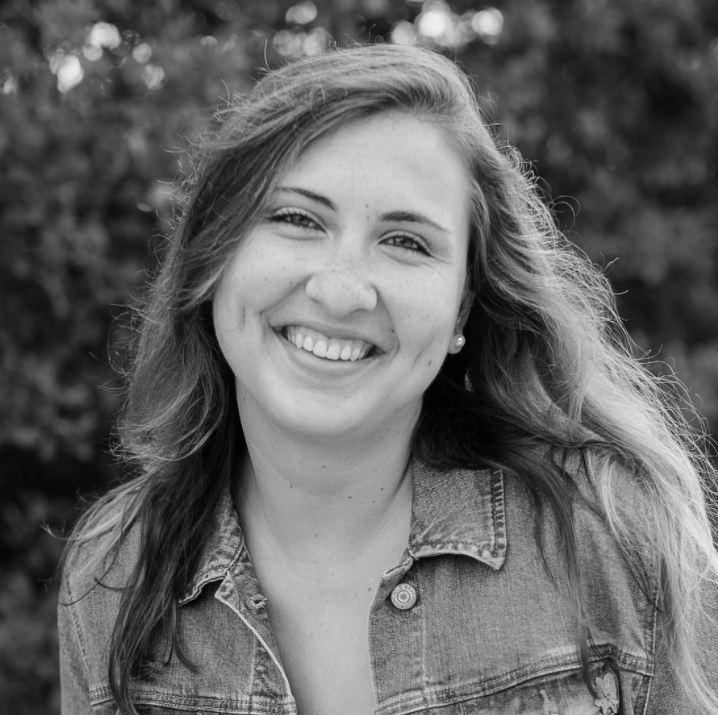
Author
Erika Szumel
Erika has been living with type 1 diabetes since 2000 and has strived to be an advocate for the diabetes community ever since. Every November she shares her thoughts and photos on living with type 1 diabetes (T1D) on Facebook to help raise awareness for the disease. Erika earned her BA in Visual & Sound Media at Seton Hall University in New Jersey and began her career as a TV producer. Living at the Jersey shore, Erika is a lover of the little things, the ocean and pork roll.
Related Resources
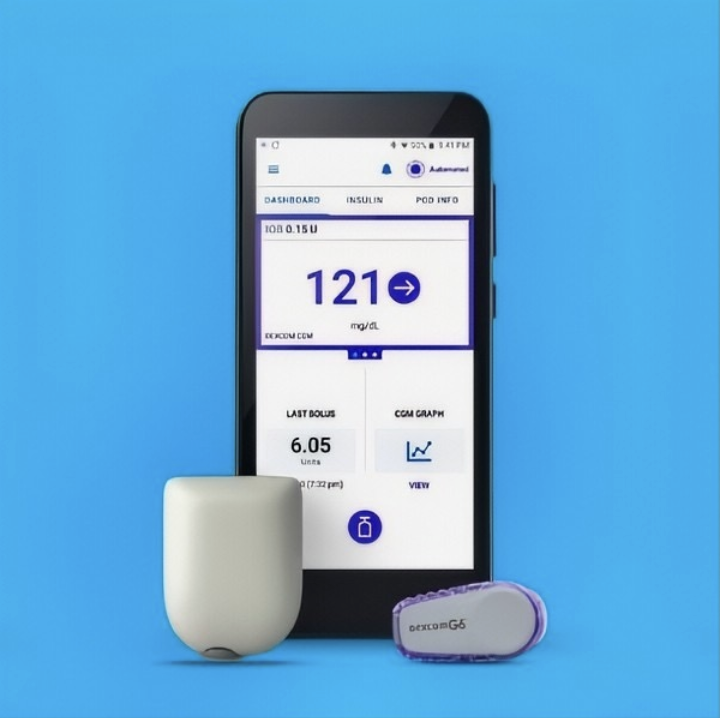
Managing type 2 diabetes with insulin can be challenging, but a new study shows the...
Read more
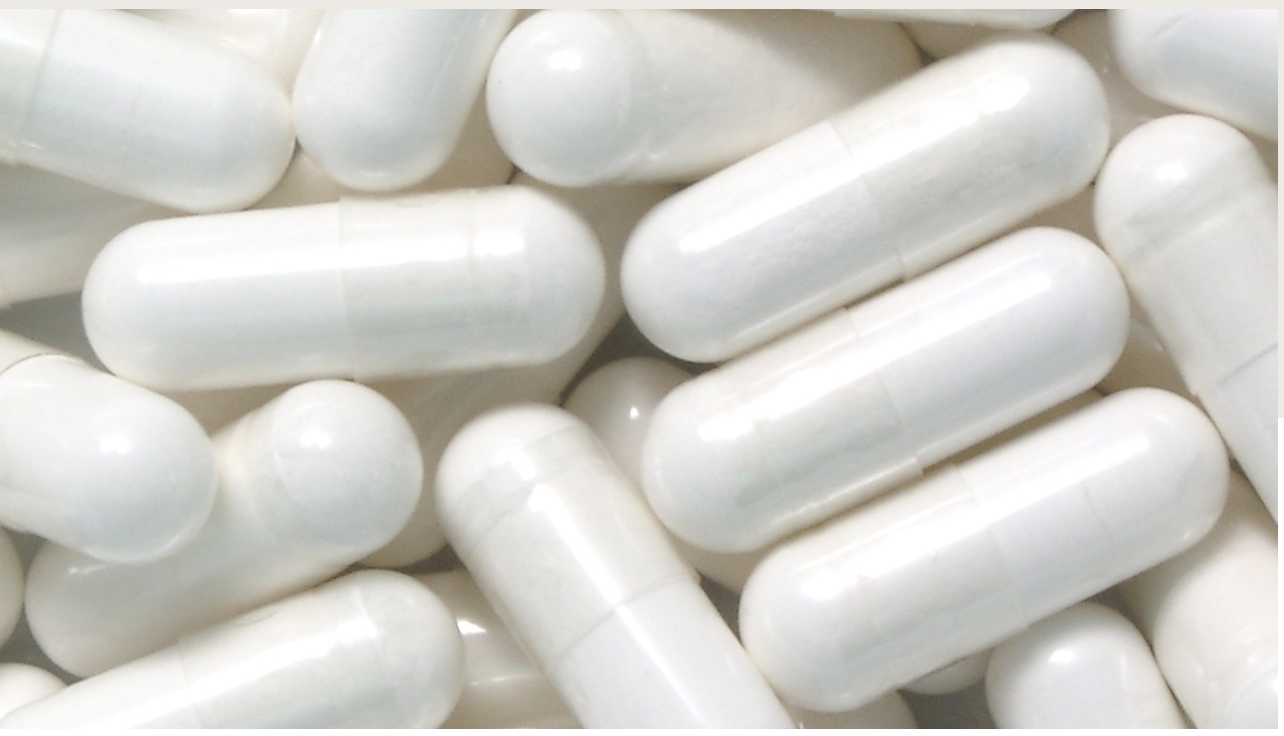
Editor’s Note: SGLT-2 inhibitors and GLP-1 receptor agonists are medicines approved by the FDA for...
Read more
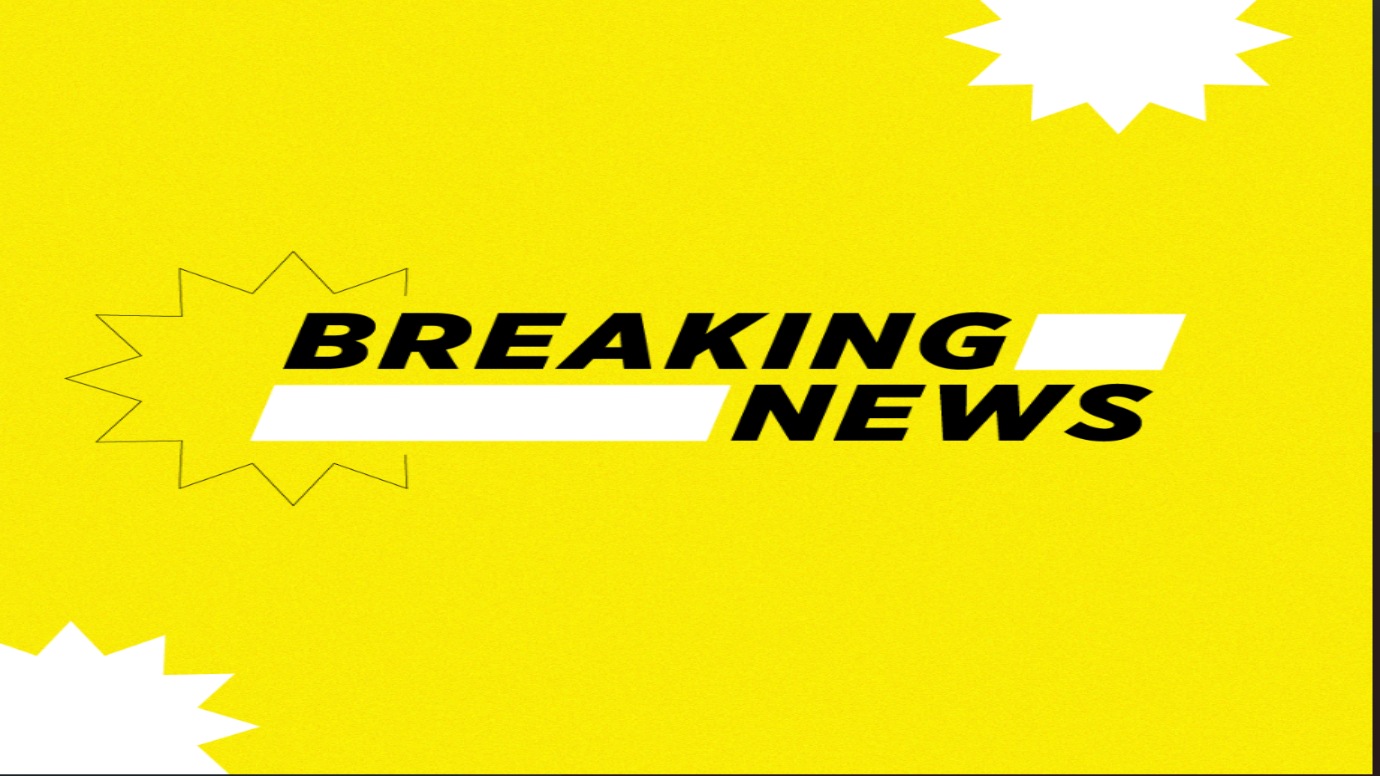
The FDA has approved Ozempic (semaglutide) to reduce the risk of kidney failure, disease progression,...
Read more
